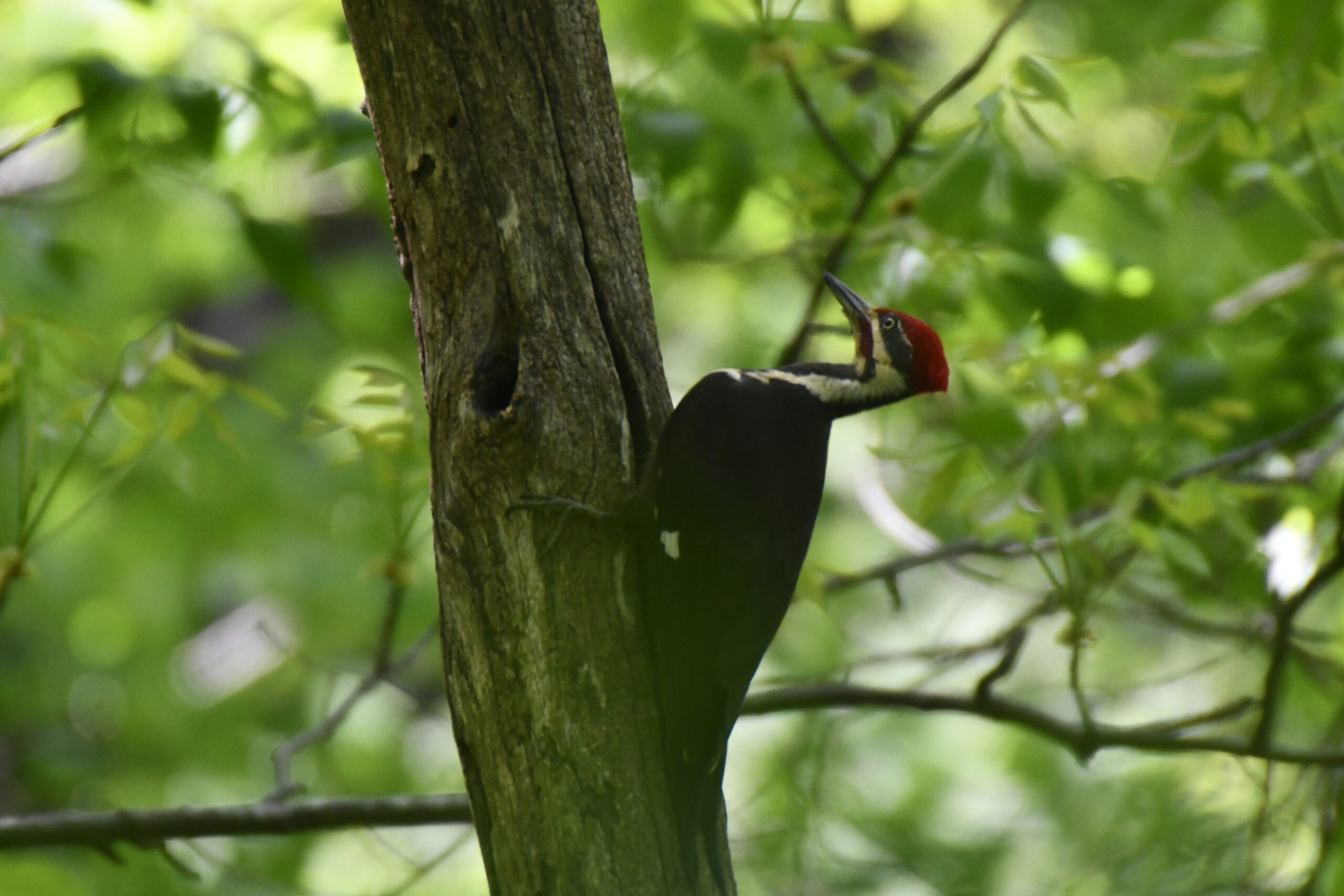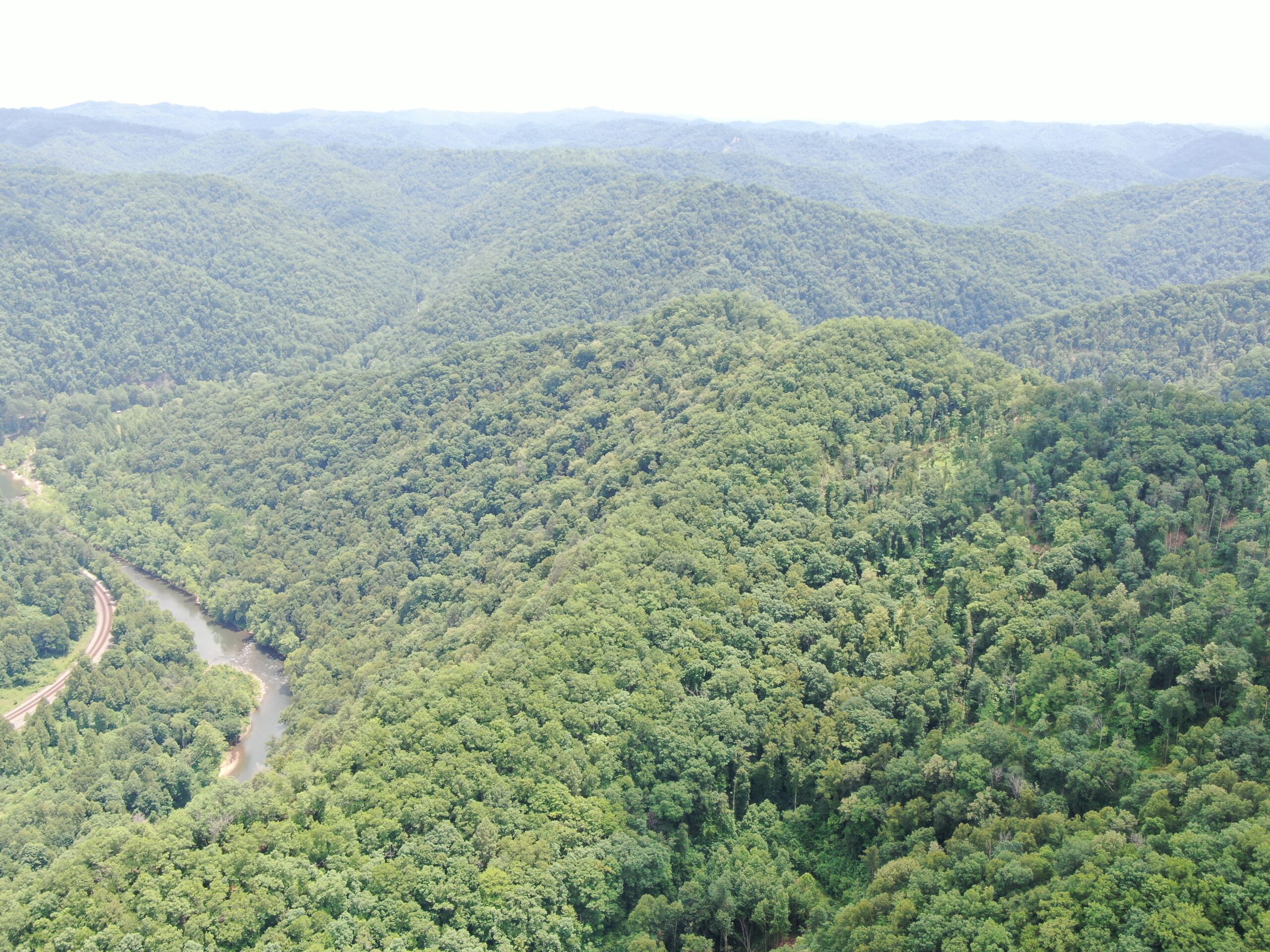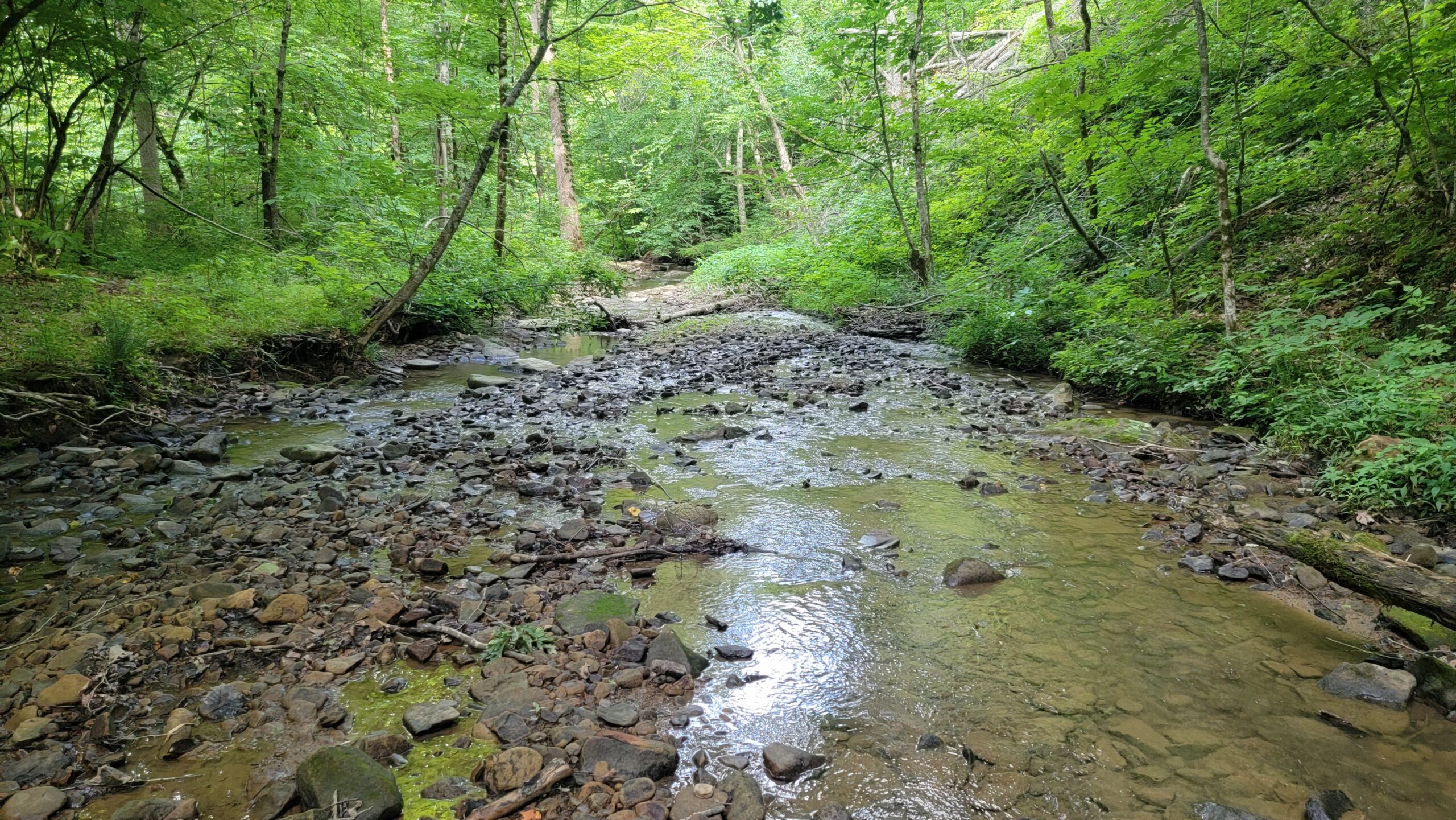Appalachian Mountain Properties
The Appalachian Mountains of the Eastern United States are some of the oldest mountains in the world. With millions of years of erosion taking place on these mountains they are shorter than the Rockies but still a prominent feature in states including North Carolina, Virginia, West Virginia, and Pennsylvania. The Barn Group (TBG) holds and manages 11 conserved properties in this region’s biodiverse ecosystem. Being able to protect areas like these solidifies that endanger species and wildlife that are in danger of habitat loss will have an area that is undisturbed forever.

Habitat Features
The native habitats found in this region consist of predominantly mountainous deciduous mixed forests with smaller areas of high-altitude evergreen forests. The mountainous terrain ranges from rolling hills to high mountains with deep valleys. Important riparian areas within the valleys and head waters can be found on most properties, with niche habitat for flora and fauna. The ridge and valley areas of the Appalachian Mountains present folded geology and rock outcroppings that are known in the region and are home to a large population of bats. Some of these bats are species of great concern. Conserving properties within the Appalachian region has provided undisturbed habitat for these species to thrive.
Land Use
Historical land uses within this region include logging and mining of natural resources. TBG properties in Virginia are in part reclaimed open mines that are being restored to native habitat, improving the quality of land for wildlife to use. Land uses on TBG properties are limited to activities that follow the conservation values set forth when the properties are conserved. Most of the properties within the Appalachian region are used for hunting and recreational activities that do not harm conservation values and help improve the habitat for wildlife and plant life. Invasive species are also controlled to ensure the invasive species do not harm native species within the properties. Conservation land use on TBG properties not only keeps this diverse landscape protected but also improves the land to host the native species of the region.


Species Diversity
The conserved properties in this region are teaming with biological diversity. Some of the species found here are reliant on the unique climate of the area. TBG biologists have done in-field surveys, audio surveys, and game camera surveys to document the wildlife diversity utilizing these conserved habitats. Several plant and animal species have been documented on each of the properties located here. Some of the species seen in these forests are the American black bear, Hellbender, Appalachian cotton tail, Eastern box turtle, Eastern timber rattlesnake, and the pileated woodpecker. Several Species of Greatest Conservation Need (“SGCN”) were documented on the conserved properties for foraging, nesting, roosting, or migration. These include the Black and White Warbler, Eastern Kingbird, Eastern Towhee, Eastern Wood-Pewee, Kentucky Warbler, Wood Thrush, and Yellow breasted Chat. TBG conserved properties, including the abundant resources they provide, will be preserved in perpetuity for the maintenance and support of these sensitive populations.
